Can I keep my German bank account after leaving Germany?
Read our handy guide on if you can keep your bank account in Germany if you move abroad? Find out everything you need to know.
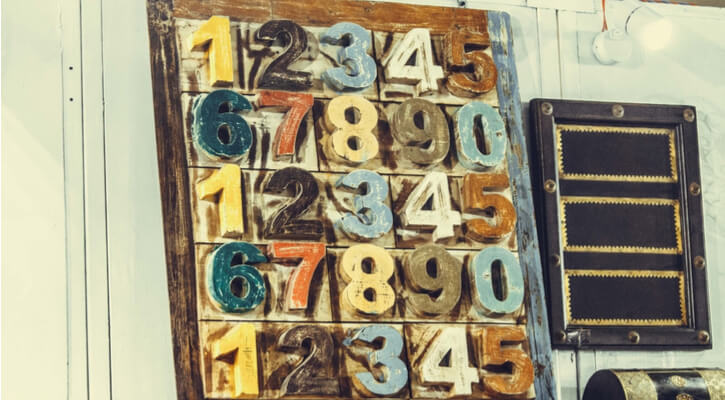
So… many… acronyms! If you’re head’s in a spin trying to work out whether you need an ABA number or an ACH number, or what the best way is for you to transfer your money - either within the USA or abroad - then this article will talk you through the different methods of making payments, and the different sorts of bank codes that you need for each of them.
There are lots of different banks in the US, but they’re all connected together via a system of numbers they call ‘routing numbers’. Routing numbers are a bit like postal codes - but for banks. Using these numbers, there are several different ways that payments can be made between banks.
Here are a few terms relating to transferring money - you’ll find all of them discussed below.
Different methods of making payments may require different bank routing numbers, and, just like if you put the wrong zip code on a letter, your transfer might even fail if you use the wrong one. This guide will explain the differences between them all.
However, you’ll want to keep in mind that the numbers discussed in this article refer to your bank, not to you personally. Just like 5 digit zip codes, these 9-digit routing numbers aren’t unique to you. To receive a payment, you’ll have to provide further information as well as the routing number that can identify you as an individual.
EFT stands for Electronic Funds Transfer, and it refers to any payment from one bank account to another that’s made electronically.
EFTs encompass:
EFT is a very broad term - the main point is simply that no bills or coins are exchanged. In the US these transfers are sometimes called electronic checks or echecks - it’s the same thing.
The benefits of EFT payments are like the benefits of technology generally: paying electronically simplifies the process for you and cuts down on administrative costs.
There are many different types of EFT payments, so you’ll encounter them in contexts that will feel very different from each other - from buying groceries to receiving your salary. What they all have in common is that they begin with the payer applying for and authorizing the payment. Once the bank details have been sent, the payer has the money taken from their account. That money is credited to the receiving bank, which pays the beneficiary. So the bank balances change, but they communicate electronically, and there’s no physical movement of money.
If you want to make a money transfer using your bank, there are 2 main methods:
ACH transfers are a type of electronic transfers (EFT) designed for relatively small payments, perhaps made regularly - direct debits and direct deposits. Both are done with ACH transfers. For example:
The main practical difference between ACH payments and wire transfers is that banks process ACH payments in batch, rather than individually. Which means they generally take longer. However, they also cost a lot less. So if you’re not in a rush, an ACH payment might be a good option.
But to transfer money internationally, if you’re using your bank, you’ll normally need to make a wire transfer as the ACH system is US-only. However, wires can sometimes be difficult to make and can be quite expensive, so there’s more information on wire transfers below - and also on non-bank alternatives like Wise. Wise actually is unusual in the fact that they use the US-based ACH system for your international payments, which could well work out cheaper for you. Their smart new technology connects local bank accounts all over the world and customers sending money both ways. Which means customers in America send money to Wise’s bank account in the US, and then customers wanting to send money to America use that same money going the other way. The same thing happens in each country Wise operates in - which cuts down on expensive international transfer fees.
ABA numbers are codes assigned to banks by the American Bankers Association. Each American bank has its own ABA number, so they’re sometimes just called bank routing numbers. Big banks may use a number of ABA routing numbers - the one you need will depend on exactly where you’re based.
The different digits all represent something particular:
ABA numbers can change if your bank is taken over by another bank. If that does happen, you’ll need to make sure everyone you regularly pay - and everyone who pays you - has the new number. You’ll also need a new check book.
Don’t fall into a common trap: sometimes banks require you to use different routing numbers for different sorts of transfers. It varies from bank to bank, but they may have different numbers for paper transfers, electronic transfers and wire transfers. Or they might be the same.
The ABA routing number that you’ll find on your checkbook will be fine for paper check transfers. But you must check with your bank whether you can use the same number for electronic transfers, or if you need a different one - this different routing number might be known as an ACH number. Check and ACH routing numbers are often the same, but not always. The routing number might be different again if you’re making a wire transfer.
Because ABA routing numbers encompass all routing numbers, it can get confusing.
In short:
Your bank’s ABA routing number will be 9 digits long.
If you’re being asked for it, you’ll want to figure out the form of payment or deduction is being used. If there will be a transfer via electronic check or ACH, then you can find this ABA number in the bottom left corner of your checkbook. If you don’t have a checkbook, find out directly from your bank - look online, or give them a call.
The ABA number will generally start with 2 digits between 00 and 12.
In part because an ACH routing number is also categorized as an ABA number, your bank’s ACH routing number is the same format as the ABA number. Which means that an ACH routing number is also 9 digits long. This is the number you’ll need for electronic and ACH payments. Likely, it will be the same 9 digit number you find on your checkbook. However, it’s possible that it may be different. You’ll want to check your online banking or with your bank to confirm.
If your bank does have a special ACH number, it might start with digits between 61 and 72.
The 9-digit routing number on your checks is an ABA routing number. You can generally use this for paper transfers, electronic checks or deductions, and possibly - not necessarily - for other sorts of transfers.
If you need a routing number for an ACH transfer, or especially for a wire transfer, check with your bank first.
A check is a written instruction - generally a small piece of paper - ordering the transfer of a certain amount of money from one bank account to another. Checks used to be very common, but are less popular today because of the rise of electronic payment methods. Banks often provide customers with a checkbook. It’s a book of these slips that you can fill out and sign when you need to pay people.
If you receive a check, take it down to your bank and you’ll be able to pay it into your account (sometimes called “cashing a check”) with the help of a bank teller. There’s a chance that you might be able to cash it an ATM, but that’s a bit more complicated. If it’s your first time, you’re better off going to your bank in person, or through their drive-thru if they offer it, to pay the money from the check into your bank account.
If you’re receiving a domestic wire transfer within the US, you might need to give your payer a different routing number than the one on your checkbook. The wire routing number, still technically an ABA routing number, is a 9-digit code like the ones already discussed.
You’ll need to check directly with your bank what number you should give - it might be the same as the ACH number and/or the routing number on your checkbook, but it might not.
If you’re receiving a wire transfer from another country, you might not need a routing number at all. You might need to give them your bank’s SWIFT code instead, which you can find out from them or look up online.
If you end up giving out the wrong routing number - giving the ACH instead of the wire routing number, for example - then the payment might not go through. But there’s a chance that a bank will be able to process the payment anyway if you give the ACH routing number instead of the wire routing number. In these cases, if your account number is correct and you just used the wrong type of routing number, but for your correct bank, then you might end up receiving something called a Notification of Change (NOC) informing you that the supplied details were wrong and should be corrected for future payments. A lot of times your bank receives this and fixes it all in the background for you without even letting you know, so there’s not much to worry about.
Domestic wire transfers are time-honored ways to get your money from one bank to another, but banks often charge considerably for the service. And they can sometimes be an inconvenience, with many American banks not offering wire transfers online. With many banks, you’ll need to go into a branch to request a transfer - at least for your very first one.
Once you’ve ordered a wire transfer, your bank will connect with the destination bank and transfer the funds. A wire is normally much faster than an ACH transfer, and is completed within several hours, or, at the very least, on the same business day as long as you make your bank’s cutoff times.
The principle of international wire transfers is exactly the same as for domestic ones, but the process is a lot more complicated and often involves intermediary banks connecting the sender to the receiver. When these extra banks get involved who take a cut, the transfer can become even more expensive, and it’s hard to predict exactly how much an international wire transfer will cost. This is also the case because banks can set their own exchange rates - you’ll likely have to put up with an unfavourable exchange rate, and that can cost you just as much or more than the fixed fees.
If you’re receiving an international wire transfer, you might need to provide a SWIFT code rather than a routing number. Check with your bank about what they use, or you can look it up online.
If all you want to do is make a quick and easy and cheap international transfer, Wise can help you. Sending money through your bank - or through a normal money transfer service - means that you can get stuck paying 4-5% more through poor exchange rates, not to mention costly fixed fees. And some American banks don’t offer transfers online at all, meaning that you have to make a special trip to your local branch to sort it out. If you’re abroad, that can be prohibitive. Wise does everything online and uses the only real exchange rate - like the one you’ll find on Google - and only charges one transparent, low fee.
And with a borderless multi-currency account with Wise, you can store your money in dozens of currencies, receive money locally in the US, the UK, Europe and Australia, and send money out to dozens of countries as well. Making living internationally a lot easier.
Wise is generally a lot cheaper than a standard international bank transfer, so take a look now and find out if it will work for you.
However you choose to send your money, good luck in navigating the complex world of ETFs and routing numbers - and don’t let the banks get in the way of your transfer.
*Please see terms of use and product availability for your region or visit Wise fees and pricing for the most up to date pricing and fee information.
This publication is provided for general information purposes and does not constitute legal, tax or other professional advice from Wise Payments Limited or its subsidiaries and its affiliates, and it is not intended as a substitute for obtaining advice from a financial advisor or any other professional.
We make no representations, warranties or guarantees, whether expressed or implied, that the content in the publication is accurate, complete or up to date.
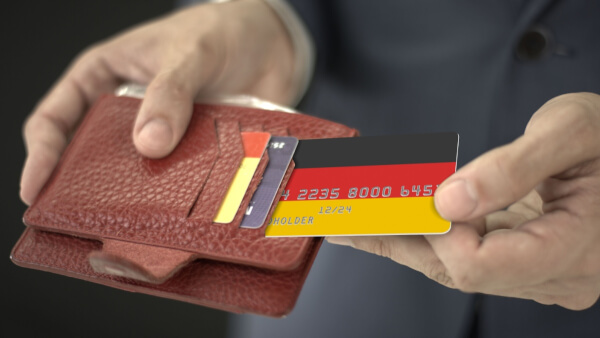
Read our handy guide on if you can keep your bank account in Germany if you move abroad? Find out everything you need to know.
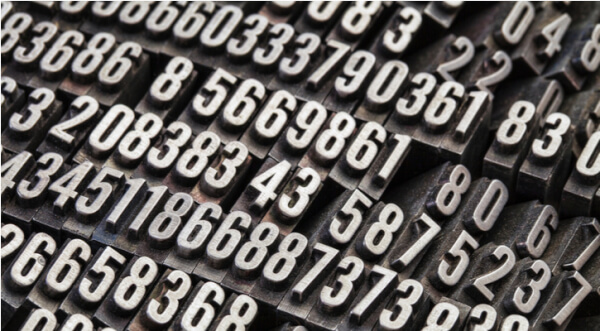
If you’re making a bank transfer in Australia, you'll need a BSB code. Read on to check where to find one or whether you have the correct one.

Read our guide to CHAPS, BACS, SWIFT and Faster Payments, with all the specifics, differences, and other details you need to know.

Wondering what the SWIFT network is and what it has to do with you? You've come to the right place. Read on.
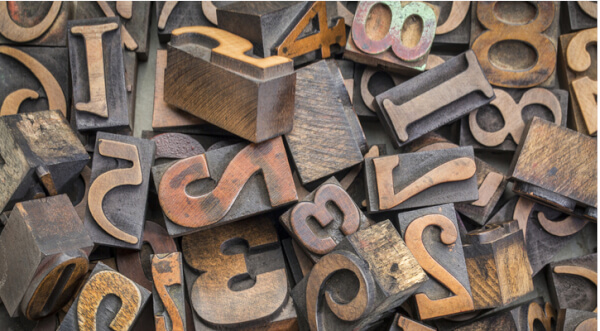
Anyone spending a considerable amount of time in Chile is going to encounter a couple of important acronyms: RUT and RUN. If you have plans to live or travel...
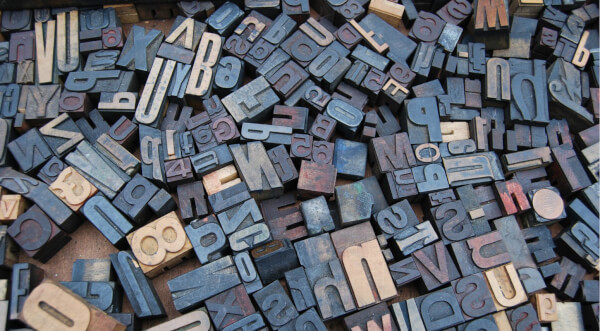
Do you want to learn more about CPF and CNPJ in Brazil? Read this article to find out what they are, and what the difference between them is.